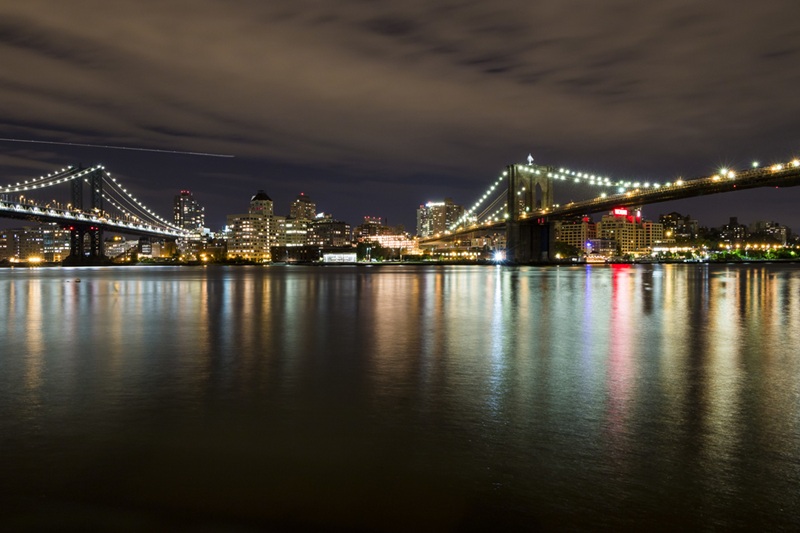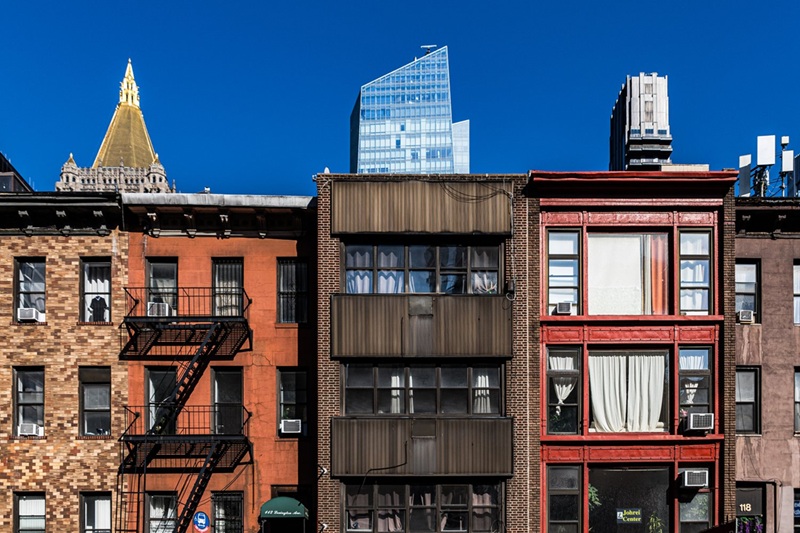
Located in lower Manhattan, the area of Two Bridges is named for its proximity to two prominent bridges: the Brooklyn Bridge and the Manhattan Bridge. Both bridges play a vital role in the city’s transportation infrastructure, connecting the borough of Manhattan to Brooklyn. Over the years, the Two Bridges neighborhood has undergone significant changes, transforming from a modest residential area to a dynamic region experiencing rapid urban development. Here’s a closer look at the history and significance of the Two Bridges area.
Historical Background
The Two Bridges neighborhood has been a part of New York City’s fabric for centuries. Before the construction of the Brooklyn and Manhattan Bridges, the area was primarily residential, with a mix of working-class communities, immigrant populations, and small businesses. Early on, it was also an industrial area, with factories, warehouses, and shipyards along the East River waterfront.
The Brooklyn Bridge
Opened in 1883, the Brooklyn Bridge was a groundbreaking feat of engineering and was the first fixed crossing between Manhattan and Brooklyn. Designed by John A. Roebling, the bridge became an iconic symbol of New York City, facilitating the growth of both boroughs. Its construction spurred the development of new neighborhoods and economic opportunities in the area, making Two Bridges a crucial part of the city’s history.
The Manhattan Bridge
Built a few decades later and opening in 1909, the Manhattan Bridge further connected Manhattan to Brooklyn and relieved traffic from the Brooklyn Bridge. While it wasn’t as immediately iconic as the Brooklyn Bridge, the Manhattan Bridge remains an essential transit route, handling both car and subway traffic. Over time, this bridge, too, shaped the development of the Two Bridges neighborhood.
Urban Development and Gentrification
In recent years, the area around Two Bridges has been at the heart of New York City’s gentrification. With its proximity to downtown Manhattan, affordable rent compared to other areas, and ease of access to both Manhattan and Brooklyn, Two Bridges has seen an influx of new luxury developments and rising real estate prices.
While this has attracted young professionals and new businesses, it has also raised concerns about displacement. Longtime residents, many of whom belong to immigrant communities, have faced the challenge of being priced out of the neighborhood. Community organizations have fought to preserve affordable housing, even as developers push for new luxury residential towers. The ongoing debates over development reflect the larger issues of housing and urban renewal across the city.
The Future of Two Bridges
As the neighborhood continues to evolve, the future of Two Bridges is both exciting and uncertain. Large-scale development projects, such as the construction of new high-rise buildings, continue to reshape the skyline. However, there are ongoing discussions about how to balance growth with the preservation of the area’s historic character and the needs of its existing residents.
One significant point of contention has been the construction of several new skyscrapers near the Brooklyn and Manhattan Bridges, which critics argue could overshadow the historic bridges themselves. Proponents of development argue that the growth of the neighborhood is essential for New York City’s economy and the creation of much-needed housing. The outcome of these debates will likely define the Manhattannext chapter for Two Bridges.
The Two Bridges area in New York City has long been a crucial part of the city’s transportation network, thanks to the Brooklyn and Manhattan Bridges. Today, it stands at a crossroads, where history meets modern urban development. As the neighborhood faces the challenges of gentrification and rapid growth, it remains to be seen how its unique character will be preserved for future generations.
Whether you are a resident, a visitor, or an investor, the story of Two Bridges continues to unfold, offering a fascinating glimpse into the dynamics of a rapidly changing New York City.

